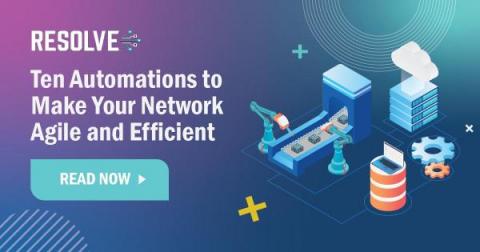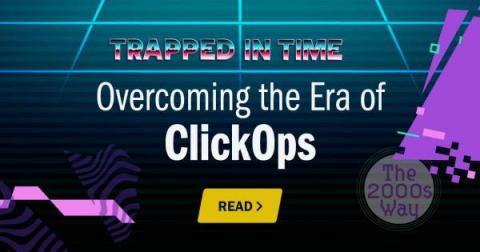IT Automation: A Key Strategy for Maintaining Customer and Employee Satisfaction
The current state of the economy has left many companies in a state of uncertainty, with 58% of business leaders feeling the pressure of too many initiatives to be supported without the right resources. While these companies look for ways to stay competitive and, in many instances, to accomplish more with less, compromising on delivering high-quality experiences is not an option, particularly in a world where fast, seamless digital experiences have become the norm.








